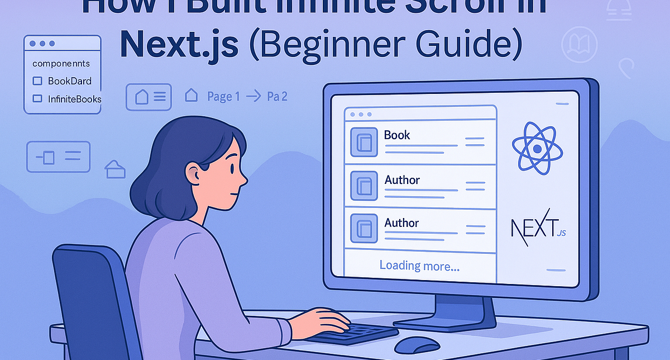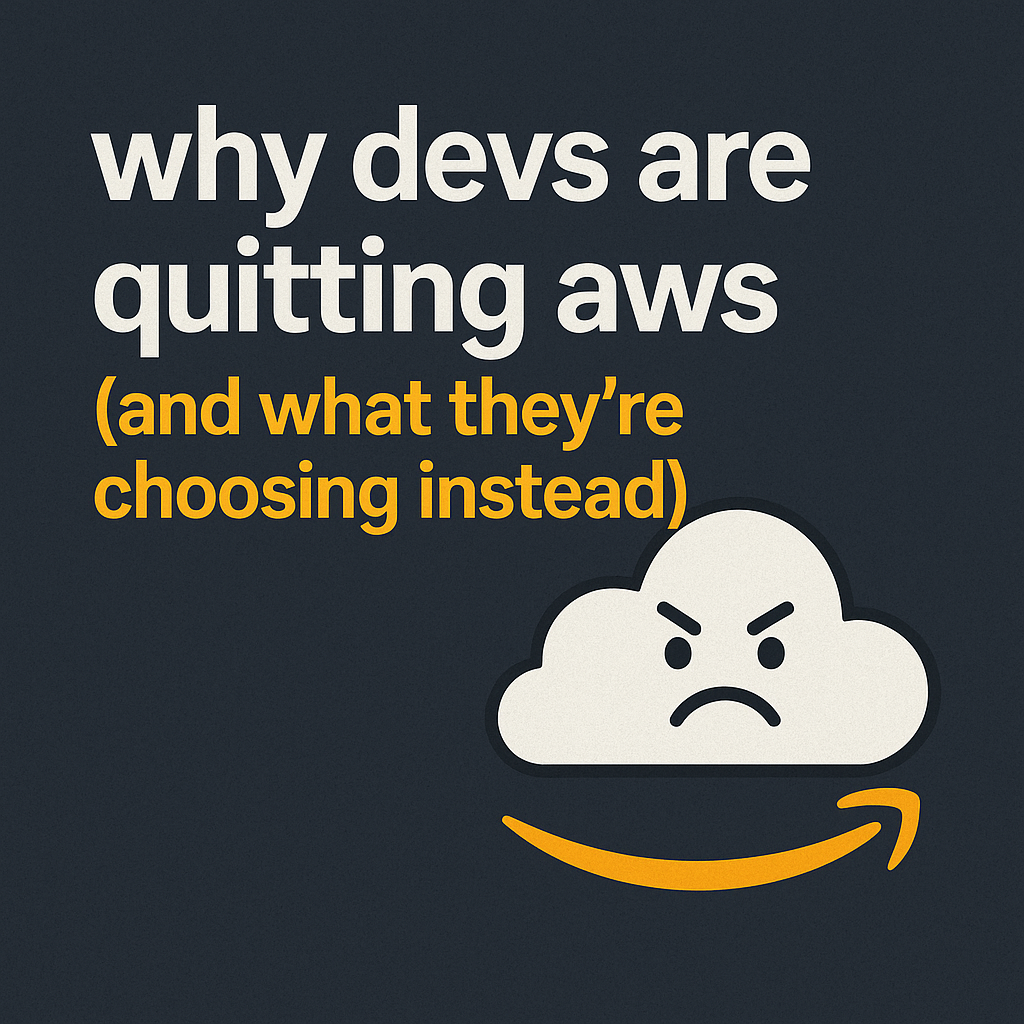Software News
Tech Radar
222

Image Credit: Tech Radar
Can’t upgrade to Windows 11? This Linux project wants to save your old PC from the scrapheap when Windows 10 support ends
- As Windows 10 reaches its End of Life in October 2025, the 'End of 10' project advocates for transitioning to Linux as an alternative for older PCs.
- The project targets users whose machines do not meet the stringent Windows 11 system requirements, recommending Linux as a solution.
- By switching to Linux, older PCs can be made 'fast and secure again' without the need to invest in a new computer, as suggested by Microsoft.
- With an emphasis on environmental benefits, the project highlights that extended use of existing devices helps reduce carbon emissions produced during computer manufacturing.
- Linux is promoted for its absence of advertisements, spyware, and telemetry, offering users more control over their systems compared to Windows.
- Community support and resources are crucial for those considering switching to Linux, with online forums, local shops, and repair cafes being cited as sources of assistance.
- While transitioning to Linux may involve a learning curve for Windows users, the project stresses the potential benefits of embracing a new operating system.
- Concerns such as software compatibility and gaming support on Linux are addressed, underscoring the importance of researching and seeking guidance from experienced users.
- The initiative acknowledges the challenges of migrating to Linux for less tech-savvy individuals, highlighting potential obstacles related to hardware drivers, software compatibility, and gaming limitations.
- Despite the growing strides in Linux gaming compatibility, the decision to switch operating systems ultimately depends on individual preferences, familiarity with the Windows ecosystem, and willingness to invest time in adapting to a new OS.
- In conclusion, while Linux presents a viable option for keeping aging hardware functional, the transition may pose significant challenges for users accustomed to the Windows environment, particularly in terms of software and gaming support.
Read Full Article
13 Likes
Tech Radar
277

Image Credit: Tech Radar
I’ve tried the new Gemini app for iPad, and it fits the larger screen size perfectly
- Gemini app now supports the iPad’s larger resolution and has released a dedicated iPad version.
- Gemini app joins ChatGPT in providing dedicated iPad versions for iOS users.
- No support for Pixel-only screen-sharing or camera control features in the new iPad version of the Gemini app.
- Gemini app for iPad offers features like Go Live for voice conversations, AI image and video creation for subscribers, but lacks camera control features found in the Pixel version.
Read Full Article
16 Likes
Medium
231

Image Credit: Medium
How I Built Infinite Scroll in Next.js — A Beginner-Friendly Step-by-Step Guide
- Infinite scroll is a user-friendly way to load large datasets without overwhelming the screen or browser.
- The process of building infinite scroll in Next.js is explained step-by-step for beginners.
- The guide includes creating a web app that connects to a public API of books, loads 10 books at a time, and automatically loads more books as you scroll, without any page refreshes.
Read Full Article
13 Likes
Tech Radar
307

Image Credit: Tech Radar
Meta announces big change to its Quest 3 game subscription – but it remains as great a deal as ever
- Meta Quest+ subscription will now be called Meta Horizon+, offering the same VR gaming catalog.
- New games added to the subscription include Deisim and Medieval Dynasty New Settlement.
- This month, subscribers can play Pavlov Shack and Kill It With Fire VR for free.
- Meta Horizon+ continues to provide a range of VR experiences at an affordable price, with the first month free for new sign-ups.
Read Full Article
18 Likes
Discover more
- Programming News
- Web Design
- Devops News
- Open Source News
- Databases
- Cloud News
- Product Management News
- Operating Systems News
- Agile Methodology News
- Computer Engineering
- Startup News
- Cryptocurrency News
- Technology News
- Blockchain News
- Data Science News
- AR News
- Apple News
- Cyber Security News
- Leadership News
- Gaming News
- Automobiles News
Medium
200

Image Credit: Medium
Source Generators and Metaprogramming in .NET
- Source generators in .NET enable metaprogramming techniques at compile time to generate optimized and less error-prone code.
- They reduce performance overhead and simplify maintenance by automating repetitive tasks and centralizing operations.
- Source generators run during compilation and produce code that is included in the final assembly, avoiding runtime reflection costs.
- By utilizing source generators, developers can achieve cleaner, faster, and more maintainable code with minimal manual intervention.
Read Full Article
12 Likes
Medium
245

Image Credit: Medium
Why obsidian wins the second brain war and notion just can’t keep up
- Obsidian is praised for its simplicity, local files, and its ability to shape knowledge according to how individuals think.
- The app focuses on connections rather than pages and databases, appealing to developers, writers, and researchers.
- Obsidian uses markdown, making it fast, lean, and portable for various uses like technical documentation or blogging.
- Unlike block-based apps such as Notion, Obsidian empowers users with a keyboard-centric approach and minimal distractions.
- Each note in Obsidian is a plain .md file stored locally, providing ownership and flexibility in data management.
- The app offers over 1,000 plugins for customization, enhancing the user experience and enabling personalized workflows.
- Unique features like bidirectional linking and the Graph View contribute to a dynamic and interconnected knowledge web within Obsidian.
- Obsidian's setup enables users to think and work like developers, offering scriptability, modularity, and a command center-like environment.
- While Obsidian excels in individual knowledge management, it may not be ideal for team collaboration or real-time multiplayer note editing.
- The app's mobile version is suitable for quick access and note-taking but might not be conducive to deep work.
- Obsidian's strength lies in providing total control over one's data and workflows, appealing to those who value customization and autonomy.
Read Full Article
14 Likes
Alvinashcraft
178

Dew Drop – May 8, 2025 (#4415)
- Several articles related to .NET development, Azure, and AI are featured in the Dew Drop newsletter for May 8, 2025.
- Topics covered include responsive dashboard application in Angular, Blazor AI chat application, WinUI, .NET MAUI, XAML popups, and chart selection guide in .NET MAUI.
- There are articles on generating ZUGFeRD-compliant invoices in .NET, Service Pack releases in TX Text Control, and building a startup in C#.
- AI-related articles discuss model distillation, Figma's AI update, Azure OpenAI models, chat completions in Azure Logic Apps, and AI risks.
- Design and methodology topics cover legacy system modernization, productivity habits, and intelligibility measurement for content.
- Mobile, IoT, and game development articles focus on Android camera experiences, Flutter app publishing, and Raspberry Pi OS.
- Database-related topics include SQL Server temporal tables, database caching, Azure Cosmos DB updates, and Azure Storage usage.
- SharePoint, M365, and MS Teams articles cover AI updates in SharePoint, OneDrive enhancements, Office Add-in accessibility, and OneNote improvements.
- Miscellaneous articles touch on energy-saving programs, CDC committee shutdown, logging in Rust, Microsoft's environmental initiatives, and quantum technology leadership.
- The newsletter also includes links to podcasts, screencasts, upcoming events, and more curated content for readers in the tech community.
Read Full Article
10 Likes
Medium
414

Image Credit: Medium
Why devs are quitting aws and what they’re choosing instead
- As AWS becomes more complex and expensive, developers are exploring alternative platforms for cloud infrastructure in 2025.
- The shift away from AWS is not just about cost but also about reducing the mental overhead and complexity for developers.
- Developers are finding platforms like Railway, Render, and Fly.io more appealing due to their simplicity and ease of deployment.
- The indie-friendly cloud scene offers functional, affordable, and developer-friendly alternatives to AWS.
- Platforms like Vercel, Supabase, and Cloudflare are being chosen by developers looking for a faster and saner way to ship software.
- While AWS is powerful and reliable, it may not be the right choice for indie devs, startups, or solo engineers who prioritize ease of use.
- Devs are shifting towards platforms that reduce friction and allow them to focus on building rather than dealing with infrastructure complexities.
- Migrating away from AWS can be done gradually, without the need for a complete overhaul, using tools that simplify deployment processes.
- Choosing the right platform that aligns with your project requirements and reduces unnecessary complexity is crucial for developers.
- The growing trend towards indie-friendly cloud platforms signifies a shift towards clarity, speed, and peace of mind for developers.
Read Full Article
24 Likes
Medium
247

Image Credit: Medium
Mastering Chatbot Training: Proven Techniques to Build Smarter AI Bots
- Proper training is crucial for chatbots in various domains to ensure accuracy, performance, and user satisfaction.
- Chatbot training involves mapping out use cases, identifying user intents, grouping similar phrases, and training the bot to extract entities.
- Training data quality is essential as it directly impacts the intelligence of the bot; sources include labeled datasets from tools like Rasa NLU, Dialogflow, or Microsoft Bot Framework.
- Continuous training, feedback loops, context awareness, and testing with real-life interactions are key components in building smarter and more responsive chatbots.
Read Full Article
14 Likes
Medium
53

Image Credit: Medium
Tech Isn’t Confusing—You’re Just Missing the Map.
- The tech world offers various pathways like becoming a Java Developer, building websites, or working with JavaScript and Node.js.
- To gain clarity in tech, start by identifying your initial fascination with technology, determining your favorite aspect of programming, and connecting your interests and skills.
- Mark Zuckerberg's journey with Facebook exemplifies the evolution of a tech stack from simple tools like PHP to more advanced ones like React and GraphQL.
- Clarity in tech is achieved through effort, reflection, and a willingness to adapt, emphasizing the importance of continuously refining one's path.
Read Full Article
3 Likes
Infoq
3.3k

Image Credit: Infoq
Adoption of the Model Context Protocol Within the Java Ecosystem
- The Java MCP Server Configuration Generator, created by Max Rydahl Andersen, allows developers to run Model Context Protocol (MCP) servers with JBang.
- Model Context Protocol (MCP), introduced in 2024, is an open standard for providing context to Large Language Models (LLMs).
- Companies like OpenAI, Google, and GitHub have announced support for MCP, enabling developers to integrate tools with LLMs.
- Java frameworks like LangChain4j, Quarkus, Spring AI, Model Context Protocol SDK, and JBang have recently announced support for the MCP.
Read Full Article
6 Likes
Dev
188

Image Credit: Dev
🔮 Web3, NFTs & Solidity in 2025: Trends, Tools & What’s Next
- NFTs have evolved beyond digital art to encompass AI-generated NFTs, real-world asset tokenization, and soulbound tokens for identity verification.
- The symbiotic relationship between AI and Web3 is evident, with Web3 AI tools facilitating crypto trading and AI integration enhancing NFTs.
- Solidity remains essential for smart contract development, offering enhanced developer tools and cross-chain compatibility for decentralized applications.
- Emerging trends include DePINs decentralizing physical infrastructure networks and regulatory developments to ensure security in the Web3 space.
Read Full Article
11 Likes
Medium
142
Image Credit: Medium
Cursor is Amazing! But…
- A social game was built to test Cursor's capabilities where players had to give wrong answers while staying on topic.
- Challenges were faced such as difficulty in understanding code connections, bugs arising during fixes, and creating unnecessarily complicated logic.
- Issues included Cursor miscounting final answers, generating repetitive questions, and reusing existing logic instead of innovating.
- Utilizing Cursor Rules can help manage AI suggestions and mitigate challenges in coding projects, despite some limitations in AI-driven coding assistants.
Read Full Article
8 Likes
Hackernoon
271

Image Credit: Hackernoon
We Wrote a Code Review Guide—Here's What Worked
- Code review guide created to align expectations, improve feedback quality, and promote collaborative reviews.
- Guide aimed at addressing inconsistent and unhelpful reviews, focusing on clarity, structure, and shared understanding.
- Document covers reviewer and author responsibilities, communication guidelines, turnaround expectations, and common pitfalls.
- Introduction of comment prefixing system (REQ, OPT, QQ) led to clearer feedback, more actionable reviews, and improved collaboration.
Read Full Article
16 Likes
Dev
262

Image Credit: Dev
Ethical AI: How to Build Trustworthy, Transparent, and Fair Technology That Wins Trust
- Ethical AI is crucial in ensuring fairness, transparency, and accountability in AI systems as they become more integrated into various aspects of society.
- Key aspects of ethical AI include ensuring everyone is treated equally, users understand decision-making processes, and there is human accountability behind outcomes.
- To achieve ethical AI: address bias by using diverse training data, focus on transparency by making AI decisions explainable, and maintain accountability by involving humans in high-stakes decisions.
- Adopting an 'Ethics-First' mindset and following established AI ethical frameworks can help in creating trustworthy AI systems that prioritize inclusivity, transparency, and reliability.
Read Full Article
15 Likes
For uninterrupted reading, download the app